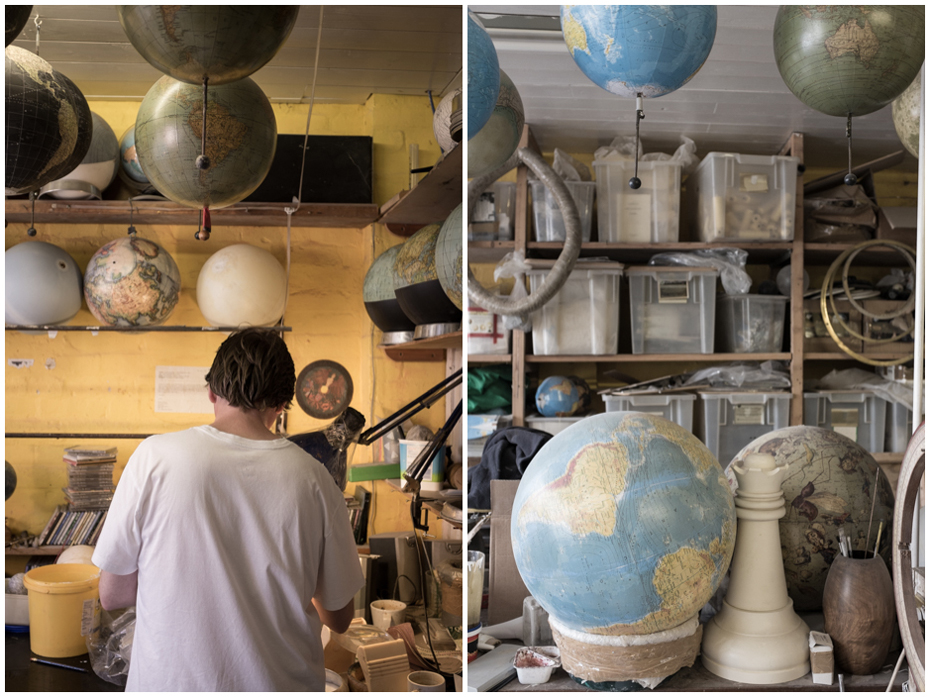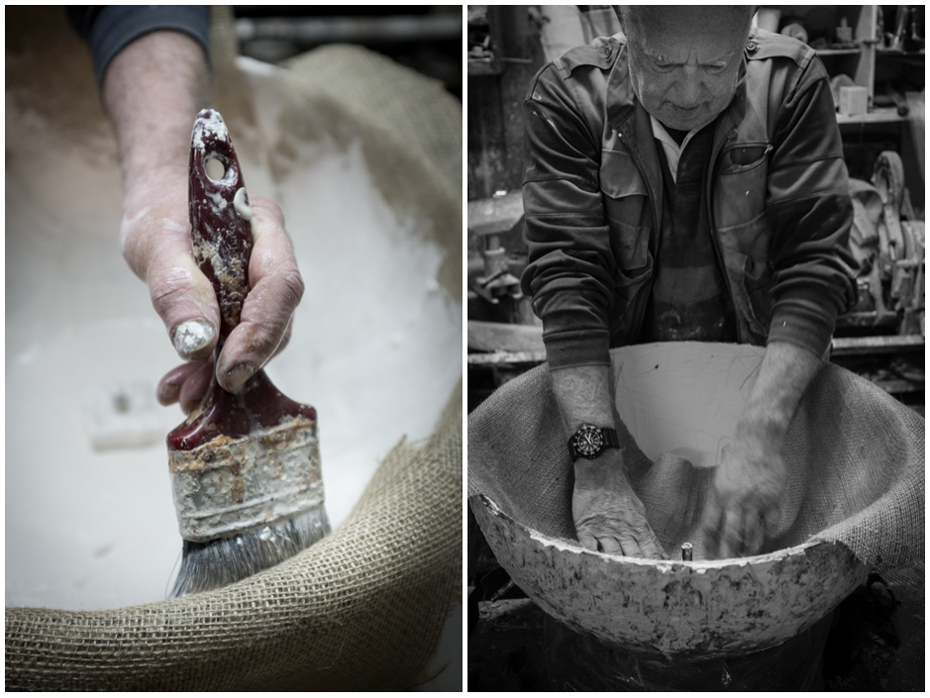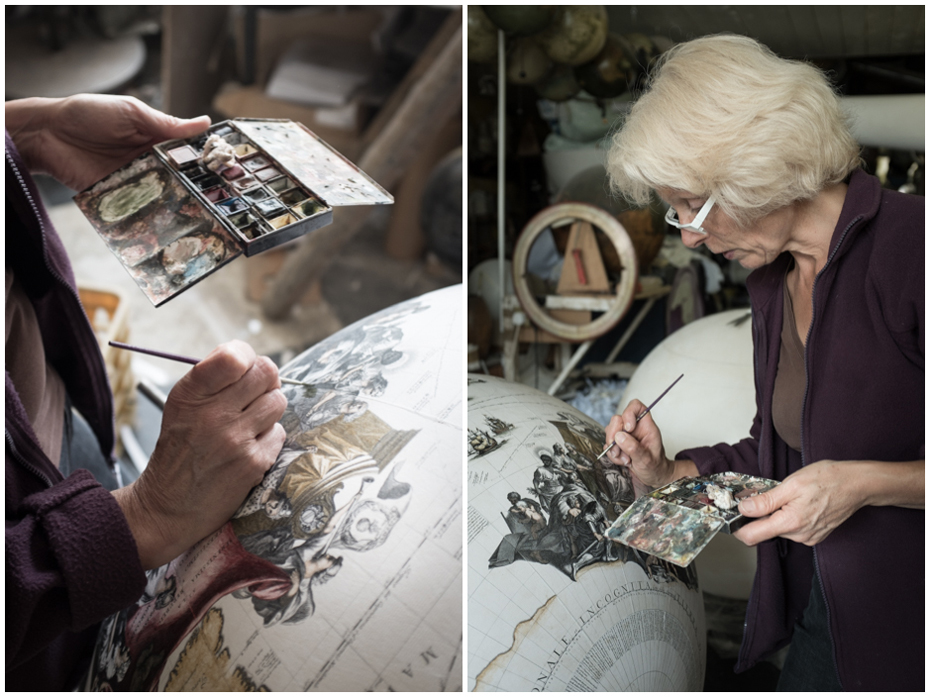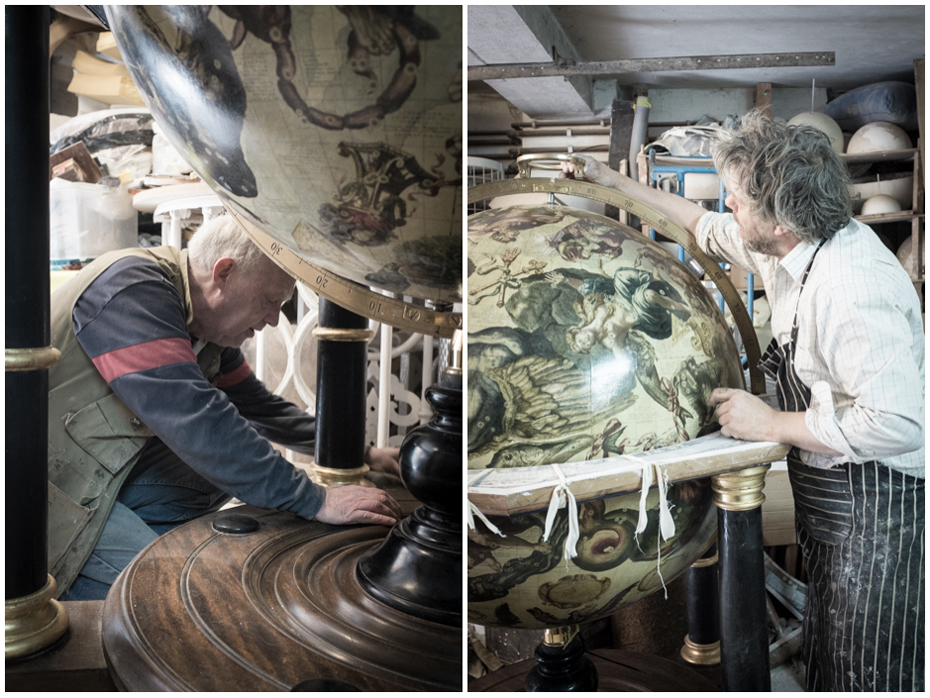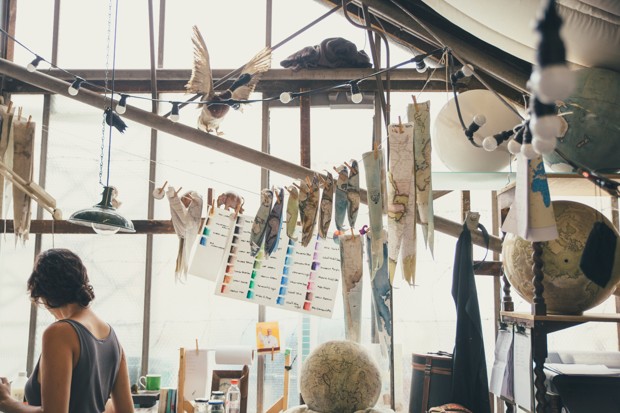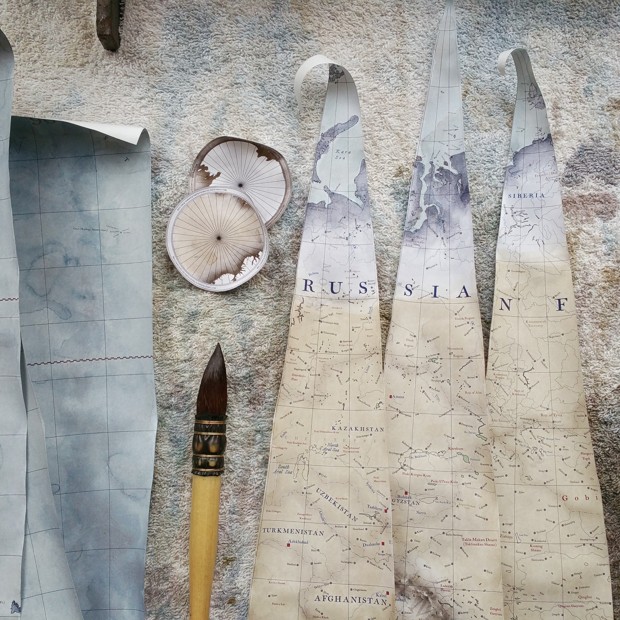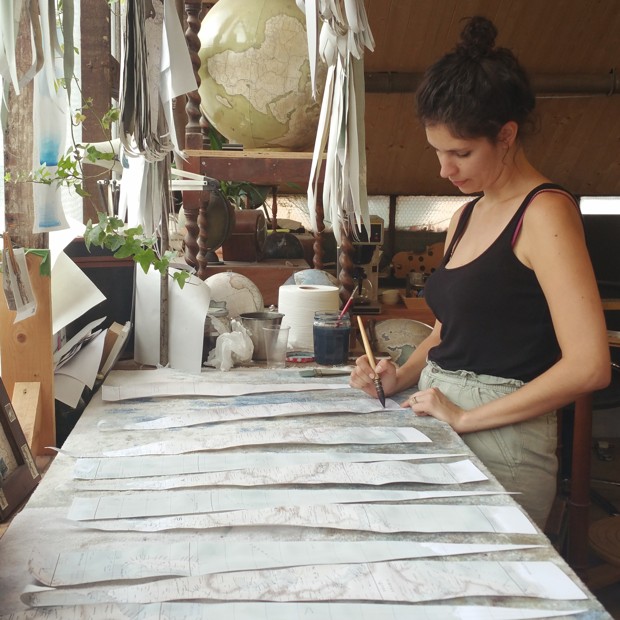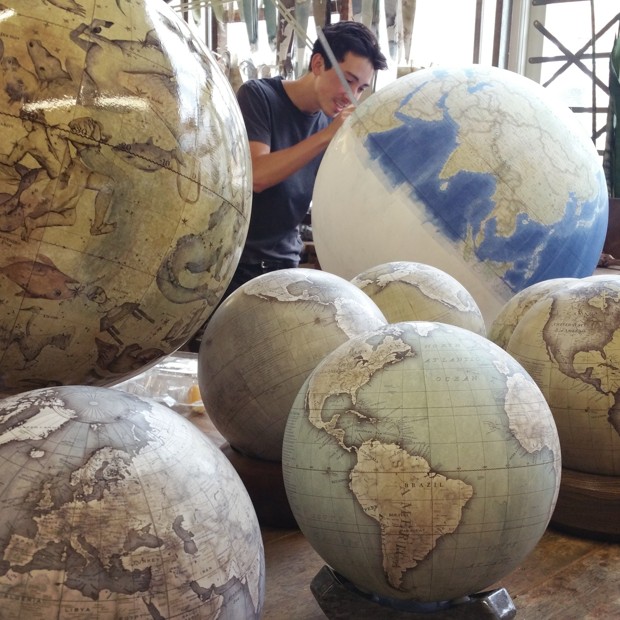Growing up, I was always the kid who asked a lot of questions about a lot of things, and in many ways I still am. This curiosity of mine covered a variety of topics, and geography was always a prominent one. When I was 9 years old, I had a habit of engaging my dad – when he got home from work – into telling me about a new country or city that he knew about. My dad indulged me for quite a few months but after a while even he ran out of places to educate me about. His solution? A globe that my grandfather had gotten for my dad when he was a child. It didn’t take long for it to become my favourite thing. I distinctly remember choosing a name from the globe and looking it up in my encyclopaedias – remember those days before Wikipedia? – and then raving about all the information I’d learned to my dad. It was a habit that I kept up for at least two years, but had to let go when internet crept into my life and became my go-to-learning-guide.
So it is with a wave of nostalgia that I write about the art of globe making and the pioneers who’ve been keeping this ancient art alive. Before mapping tools like Google Earth became popular and eschewed the sense of purity inherent in globes and to a certain degree, maps, people would rely on globes and wall maps to chart their journeys. The globe, being the only representation of our planet that doesn’t distort its shape or the size of its features, has a vast history known now by only a few. While it is believed that globes have been in the making since mid-century B.C., the earliest surviving terrestrial globe was made by Martin Behaim, a German mapmaker, navigator, and merchant in 1492. As a result of technological developments like the mechanical printing press, globe making developed quickly during the Renaissance. It quickly became a well-established craft in Europe motivating voyagers like Christopher Columbus to seek new lands!
But in the modern age, where new technological advancements are made every day, globe making has fallen off the map (pun intended). However, all is not lost yet. There are still a few people who remember the romanticism of this lost art and continue to work towards keeping it alive.
1. Greaves & Thomas
One of these pioneers is James Bissell-Thomas who after years of research published his first globe (a facsimile of the Merzbach & Falk’s 1881 globe) in 1991 and started a company called Greaves & Thomas on the Isle of Wight, UK. Today, they produce globes that range in size from a mere 2 inches to an impressive 5 feet in diameter! The globes they offer are limited by craft instead of number and their workforce is never more than five craftpersons. This is verified by the small number of certified globes they produce each year and as a result there is always a waiting list for the globes they make. The majority of their globes are made in the traditional way, using plastic spheres, which are hand papered and hand painted, and then aged to produce an authentic facsimile globe. The globes are made using recycled papers and the wooden components for the elaborate stands are also made using reclaimed/recycled timber. Consequently Greaves & Thomas globes will never cost the Earth.
2. Bellerby & Co.
Another studio that began making globes in 2008 is Bellerby & Co., founded by Peter Bellerby when he failed to find a suitable quality globe for his father’s 80th birthday. What initially started as an effort to try and make a globe on his own turned into an artisan business as the process turned out to be more costly and complicated than he had imagined. The company now has a small dedicated team of globe-makers constructing high-quality, handmade, terrestrial and celestial globes. Each of their globes is made to order and is essentially one of a kind. By their own admission, it takes an individual member six months of practice and learning to make a globe. From the stand, to the painting, to the mapmaking, each piece is expertly crafted in-house using traditional and modern globe-making techniques. Globe making is an extremely difficult art to learn, and the process of applying paper to the sphere gloves – known as “goring” – can take up to a year or more to master. Bellerby admits that,
It’s been something that’s been an incredible challenge. The whole design process, the whole way of making anything using a sphere at its base, at its centerpiece is fraught with different problems and issues because you are multiplying every error by Pi. One of the challenges in globe making is the fight with Pi – if you don’t constantly measure and re-measure, you will be unable to complete the process.
Today, Bellerby and his staff produce 200 globes a year in his studio in Stoke Newington, London. Remember the globes in the 2011 Oscar-nominated movie Hugo directed by Martin Scorsese? They were made by Bellerby & Co. Their clientele ranges from students to businessmen who want to keep the romanticism of the past alive.
Ask Bellberby what qualities an artisan globemaker must possess, and pat comes the answer, “patience and stubbornness.” He says he understands why globes are mass produced in factories now because it’s horrendously difficult. He says,
You have to re-train your body in an almost tai-chi manner to do everything with great control and precision. They’ve got to want to do it and not be beaten by the process.
He would know. It took him 18 months to master the art himself and to produce a globe he could sell.
All this talk of keeping an ancient art alive does not mean that they ignore the technological advancements of today. Bellerby understands the need to keep up with the present, and this shows in the 93.6K following that the company’s Instagram page has where they post pictures of their team, finished globes as well the work in progress.
One lesson to be learnt from these companies is that technological advancements need not result in the death of old methods of art. They can be improved upon and yet kept alive. Do you recall the globe I talked about at the start of this article? I have no idea where it found a home. I’ve shifted homes twice since I used it last, but I’ve kept its memory alive. The memories of the things I learnt; and it makes me happy to think of the future generations who’ll use these artisanal globes and learn about a world long gone and one that is yet to come.


